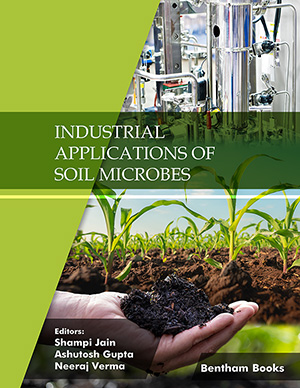Abstract
SHS investigation development is considered from the geographical and historical viewpoint. 3 stages are described. Within Stage 1 the work was carried out in the Department of the Institute of Chemical Physics in Chernogolovka where the scientific discovery had been made. At Stage 2 the interest to SHS arose in different cities and towns of the former USSR. Within Stage 3 SHS entered the international scene. Now SHS processes and products are being studied in more than 50 countries.
Abstract
Microbial biopesticides involve various microorganisms such as bacteria,
fungi, viruses, nematode-associated bacteria, protozoans, and endophytes working
against invertebrate pathogens in agro-ecosystems. Such novel biopesticidal products,
after extensive research work, have been explored in the global market to combat
synthetic pesticide application adverse problems. Recent academic and industrial
efforts are involved in the discovery of toxins and virulence factors from microbial
species for the synthesis of commercial formulations. The current review is the
expansion of the application of various bacteria, fungi, viruses, nematodes, protozoans,
and endophytes for biopesticide formulations and their role in pest management.
Keywords:
Entomopathogenic bacteria, Entomopathogenic nematodes, Endophytes, Fungi, Integrated pest management (IPM), Virus.
We recommend

Authors:Bentham Science Books






